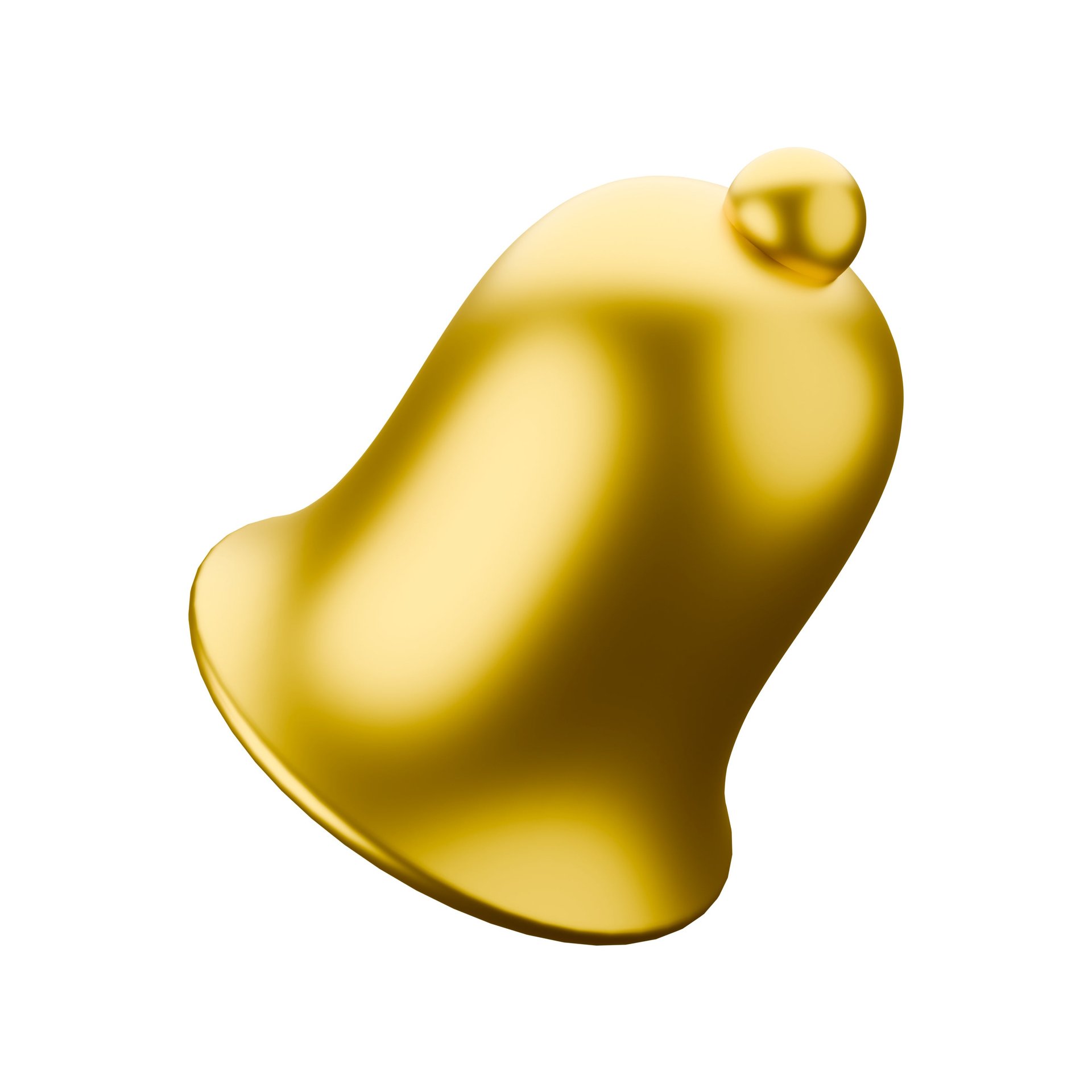How advertising jingles shape our behavior — and why they get stuck in our heads forever
Why do these songs stick with us? And what effect does this have on what we buy?

Even if we haven’t heard them for many years, familiar songs often stick with us for life. We can often recall every lyric to songs we learned as kids or albums we idolized as teenagers. But beyond music we’ve purposely chosen to listen to or learn, one type of music seems to stick with us without any effort: the jingle.
Suggested Reading
Jingles have a long history in the advertising industry. The first known radio jingle in the UK – Have You Tried Wheaties? – was launched in 1926. Jingles have since become a major feature of our everyday lives.
Related Content
Recent market research found that several of the 10 most recognizable jingles for UK adults dated back three or even four decades. While comparison site Go Compare topped the list, Mars’ “work, rest and play” jingle (axed in the mid-1990s) and even Shake ‘n’ Vac (RKT) “put the freshness back” (1980) are still buzzing about in the heads of those polled.
So why do these songs stick with us? And what effect does this have on what we buy?
Jingles become memorable in different ways. Some advertisers use familiar songs, which are inherently easier to remember, in a new context. For instance, the Go Compare jingle uses the traditional song Over There and couples it with the comic visual element of an over-the-top opera singer. The “Just one Cornetto (UL)” campaign (launched in 1981) similarly takes a classical melody (O sole mio) and tweaks it to sell ice cream.
Other jingles make use of musical elements that make them likely to become “earworms” – those tunes that get stuck in our heads whether we like them or not. In research examining a large collection of pop music, my team found that songs that were likely to become earworms had upbeat tempos, often in the range that would make a person want to dance along. Many jingles, such as “Do the Shake ‘n’ Vac” and “I feel like Chicken Tonight” fit this pattern.
Indeed, other research has shown that when people either move or sing along to catchy songs, they are more likely to subsequently experience these songs as earworms. It has also been found that having an earworm for a song you have recently learned means you will remember that song better later on.
Lyrics can also play an important role in the memorability of a song or product. The alliterative lyrics of “Maybe it’s Maybelline (OR)” ensure that even a consumer who has never heard of this brand will easily recall its name the next time they are in the shop.
Links to other times in our life
It’s not just features of the music that give jingles such a stronghold in our memories. Music tends to be closely associated with the contexts in which we’ve heard it. That is, it often becomes closely entwined with autobiographical memories from our lives.
Hearing a jingle from our childhood can therefore bring back memories not just of hearing that song, but the living room we grew up in, and the feeling of sitting around the TV with family watching together. Jingles therefore can be a strong trigger of nostalgia.
Research has shown that the period when we are around ten to 25 years old tends to be remembered most vividly. Music cues are also best at tapping into memories of this period, which is known as the “reminiscence bump”.
In line with this, the same consumer research also revealed different recognition rates for jingles across age groups. For instance, for millennials, McDonalds’ “I’m lovin’ it” ranked number two in the top-recognised jingles list and “Maybe it’s Maybelline” came in at number five.
More than 40 years on, plenty of Brits will still be able to sing along.
Some brands also explicitly aim to merge this nostalgic element with staying on trend. Maybelline has recently reinvented its jingle, incorporating dance music elements to appeal to gen Z audiences while retaining features of the classic 1990s jingle that connects millennials to their youth.
So does writing a memorable jingle help to sell a product? In short, yes. Research that examined choices of two products from the same category (for example, cameras) showed that products coupled with a familiar tune were more likely to be chosen than those coupled with an unfamiliar tune.
However, liking the music also independently affected product choice. In particular, music that participants really disliked tended to put them off choosing a product even if the tune was familiar. This suggests that advertisers do need to carefully consider the musical preferences of their target market over and above simply writing catchy tunes.
Music has a strong hold on our memories. The same features that help us to learn the alphabet through music or transport us back to the first dance at our wedding also mean we are able to effortlessly recall which cleaning product promises that washing machines live longer.
Kelly Jakubowski is an Associate Professor of Music Psychology at Durham University. This article is republished from The Conversation under a Creative Commons license. Read the original article.
